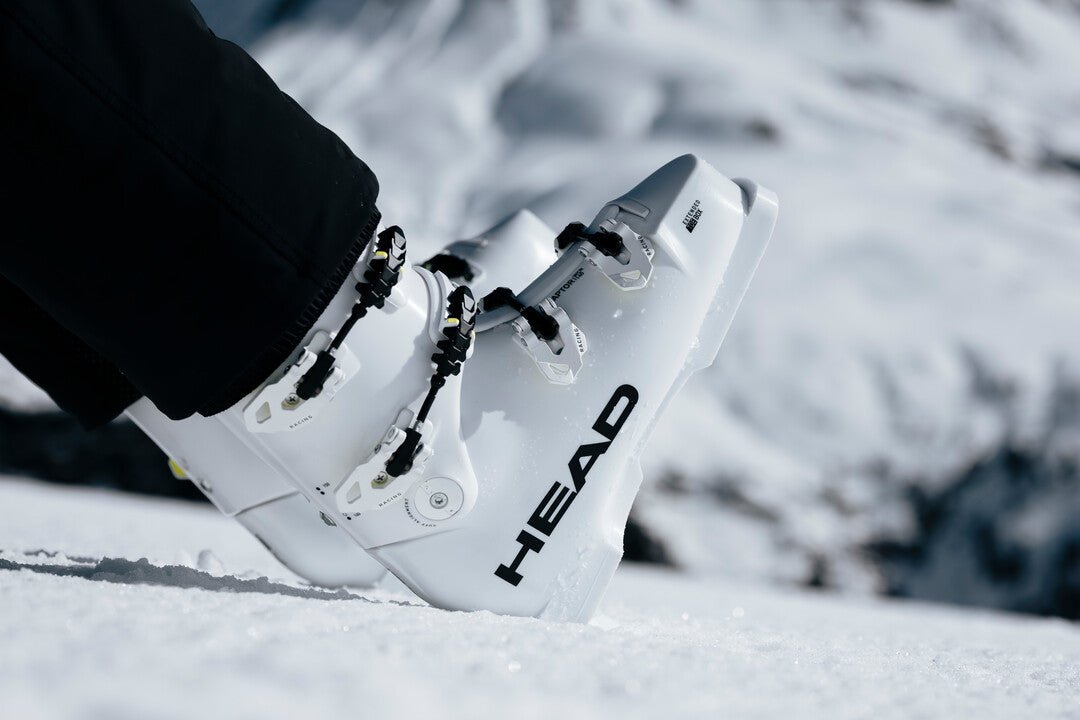5 Tips for Keeping Your Feet Warm While Skiing
Get to Know Your Bootfitter
If we’ve said it once, we’ve said it a bajillion times: you need to get a bootfit. If your boots are restricting your body’s blood flow, your feet will feel like blocks of ice after an hour on the hill. Come visit our experienced bootfitters to ensure you’ve got the best-fitting boot for your feet and experience level. You’ll be warmer and perform better on the slopes as a result.
Make Sure Your Footbed is the Right Size
The foundation of a great bootfit? A properly sized footbed. Footbeds are anatomical support systems designed to pamper your dogs. They help to align your feet, legs and hips so that power transfers more efficiently from your muscles to your skis. Footbeds also ensure good blood flow and foot comfort. While they are available in both custom moulded or off-the-shelf versions, we recommend getting a custom fit. Trust us: you won’t look back.
Wear Merino Wool Socks
Merino wool socks are the ultimate luxury for your feet. When it comes to absorbing moisture (i.e. sweat) and keeping you dry and warm, merino is the fabric of choice. So please, leave your novelty cotton sock collection at home.
Merino helps to manage moisture by wicking perspiration away from your skin. To make your boots extra warm and comfy, try changing your socks at lunchtime. This will remove most of the moisture that was created on your morning runs. You will be shocked at how much better your feet feel in the afternoon. We recommend stocking up on merino wool socks and apparel from Smartwool and Icebreaker, two of our family’s favourite brands for skiing and gifting.

Remember to Wash & Dry Your Liners
Fact: your feet perspire about one cup of water a day. Sweat leaves salt residue in your ski boots as it evaporates, causing the liner to “pack down” and feel loose or “sloppy.” Washing out your liners will remove most of the salt, leaving you feeling lighter, warmer and more comfortable.
Always dry out your boots at the end of the day with a proper ski boot dryer, preferably one with a UV light to kill bacteria. Put the whole boot – shell, liner and all – into the laundry tub and fill the boot with warm water. Let it sit for a few minutes and then repeat the process multiple times with fresh water. Don’t use soap, just warm water. This will remove the salt build-up in your liners without damaging your boots.
Try a Boot Glove on for Size
Boot gloves are a great way to add an extra layer of protection between your feet and the frigid cold. The covers are made of neoprene – yes, like wetsuits for your boots – and are worn over your ski boots.

Bring on the Electric Heaters
Still cold? It’s time to bring on the electric boot heaters, hot packs and heated socks.
Electric boot heaters can be installed at Skiis & Biikes by one of our bootfitters. The electric heating element is attached to the footbed under the ball of your foot and then connected to a rechargeable battery pack.
Electric heated socks have a washable element built into the forefoot and a battery pack that fits into a pocket at the top of the sock. One advantage of using heated socks over boot heaters is that you can use them for other winter sports such as snowshoeing, cross country skiing, fat biking and hiking.
Disposable toe warmers have an adhesive that sticks to your sock. All you have to do is slip on your boots once they’re in place. The same goes for hand warmers: just drop one into each of your gloves. These are super handy for kids and always available at the Pro Shop.

